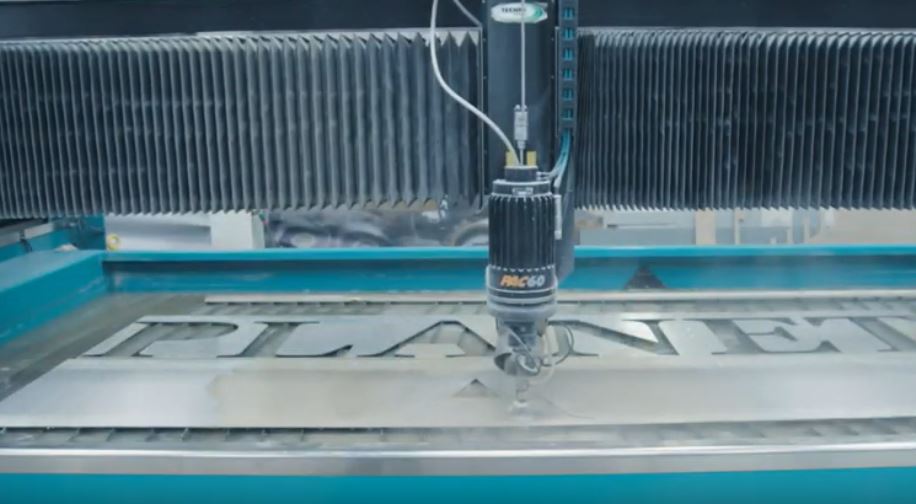Between water jet cutting and laser cutting, which one would be the better choice to make? You will agree with me in saying that this is a tough call as it is also not as straightforward as many of us would deem so.
There is no possible way to gauge which among these two modern material cutting methods is better. Both of them come with their own set of banes and boons on a variety of materials and applications. Therefore, the decision you will have on this matter would depend primarily upon your specifications.
If you will reach out to some manufacturers or fabricating shops in your locality, inquiring about their preferred material cutting method, you are likely to hear these two, water jet cutting and laser cutting.
Now with respect to the kind of material you are intending to use it for (with great emphasis on your desired result) these two material cutting options are fundamentally different from each other. But, with appropriate application, they are revolutionary or game-changer material cutting methods, too.
Waterjet Cutting vs Laser Cutting Method
Depending on the type of material used (and importantly, the desired result), these two sheet metal cutting methods are fundamentally different, but also revolutionary, given the appropriate application.
Laser Cutting
Manufacturing firms that involve the use of laser technology in their operations will have activities that include welding, cutting, heat treating, vapor deposition, cladding, engraving, trimming, scribing, shock hardening and annealing.
A laser cutter would derive the energy it requires from a gas laser, a typical example of which is the CO2 laser. The CO2 laser gas will be transmitted via a beam, and these are under the guidance of mirrors, directing it to the material being cut.
You can locate the source of laser in CO2 lasers inside the machine itself. As for the laser beam itself, it can produce an output that will range between 1500 to 2600 watts.
If you are contemplating on integrating laser cutting as the method of choice to address your company’s material cutting requirements, you will need to ponder upon applications and material. You also need to pay attention to its level of precision and safety.
You can anticipate laser cutters to work great on a wide spectrum of materials that include glass, plastic, wood, and all metals (one exception here though are the reflective metals).
One scenario in which you might encounter a hard time carrying out your cutting procedure is when you work on a material with several other components in it. Most especially when these materials have different melting points, it might pose a certain level of difficulty to cut.
A good example by which you may never be able to successfully use CO2 laser would be sandwich structures that come with cavities in them.
The same is also true when working with materials that give you limited access to its innermost parts might prove difficult to handle as well. Trying to cut out 3D material is also difficult to manage and the reason behind this is their rigid beam guidance.
Waterjet Cutting
Water jet cutting is a qualified material cutting method that makes use of a jet of highly pressurized water. Typically, water pressure applied in this material cutting method would reach as high as 60,000 psi, or pound per square inch.
One way to further enhance the cutting power of waterjet cutting is to make use of abrasive materials. Aluminum oxide and garnets are commonly used for this purpose. They are often added to the water first before the pressure is applied.
The basics of waterjet cutting process mimics nature, particularly soil erosion. However, it is further intensified by virtue of applying extreme pressure to the water before they are finally ejected through the cutting head.
This type of material cutting method is so powerful they are used in various industrial materials. Some of these materials include tool steel, aluminum, titanium, stainless steel, granite, ceramics and armor plate.

